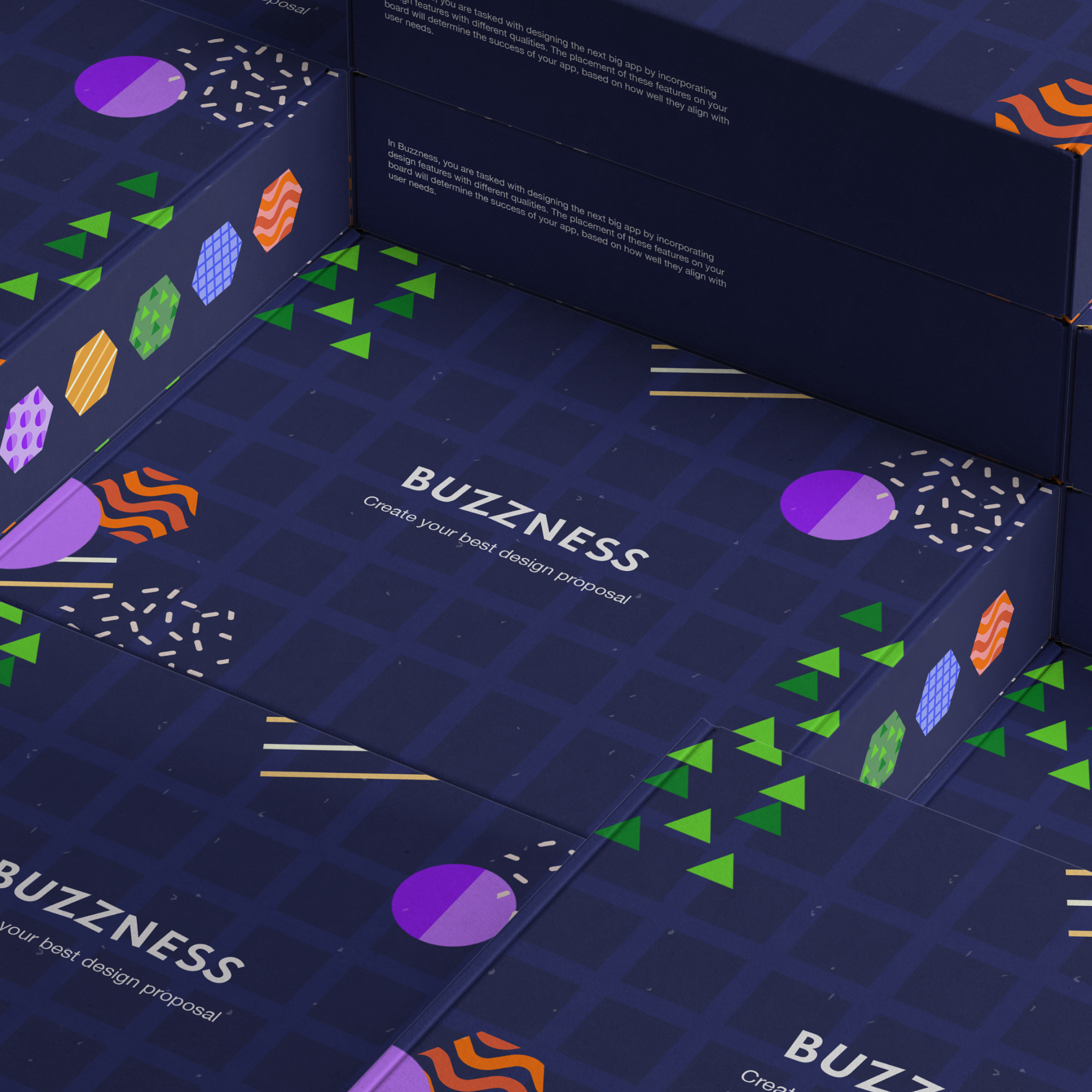10 in 5. Jonas Kääpä, Service Designer at Humblebee.
10 Questions in 5 Minutes for Jonas

10 Questions in 5 Minutes for Jonas
Next up in our round-the-team interviews is Mr Jonas Kääpä. Jonas has been at Humblebee for a couple of years and is an experience user experience architect and service designer.
Let’s meet Jonas!
- Hello Jonas. How the devil are you?
As the father of two little kids the answer to that question is almost always the same… tired but happy! - What do you do at Humblebee?
I’m a Service Designer. - Can you tell us exactly what a Service Designer at Humblebee does?
I see it as my job to help our clients create service solutions that delivers true value to people. - How come you ended up working with Service Design?
I studied Architecture and Industrial Design Engineering at Chalmers University of Technology, in Gothenburg. Then I started a design company together with a good friend. We wanted to do physical product design but constantly got requests for different digital products and services. So, after a while, I decided to go with the market pull 🙂. I started working within the UX-field and then, after 5 years, I transitioned into Service Design. But, to me, it’s just different names of basically the same thing. The only difference is what you apply it to, i.e. what problems you’re trying to solve. - Tell us about one project you’re particularly proud of…
I’m really proud of a project that was a checking tool for large scale construction vehicles in their daily use. We helped the client go from a problem to a finished pilot product in just four weeks. - Do you have one good tip for a tool you love, or perhaps a book or resource you highly recommend?
I can tell you about the next book I’m going to read: Atomic Habits by James Clear. - What do you do to make sure you continue to grow as an expert within Service Design?
Since Service Design is super broad, I try to always stay curious and in a learning state of mind. There are many things to consider when creating a new service. Therefore, I try to broaden my knowledge where I can (most recently learning how to design services to capture value), whilst still keeping my main focus on creating value for people through services. - It’s a fairly new sphere (Service Design), how will Service Design evolve in the future?
I think people will continue to argue about the exact definition of Service Design, especially within the academic world. In the “real world” (😉) it will get more and more established what you actually get when you hire a Service Designer. Kind of similar to what has happened with UX (the definition compared to the trade). - Do you have any advice for people starting out their career and considering Service Design?
Service Design, again, is a very broad subject so I think it’s difficult to say “Hey, I want to be a service designer” and then educate yourself within that. Instead, I think you should focus on what type of projects you want to be doing and what aspects of service design you find intriguing, and educate and develop yourself within that. - If you could give a company one piece of advice (from a business / service design perspective)… perhaps a recurring error you have seen from your career… what would that be?
Don’t be afraid to talk to your users and customers, but don’t listen too much to their “solutions”. Instead, focus on the problems and work hard to solve them in the best way possible.
If you’re interested in working with us at Humblebee then get in touch and we’ll meet up for coffee and a chat.
Contact:
Russell Clark
e. russell.clark@humblebee.se
t. +46 (0)734 359 741
w. humblebee.se






